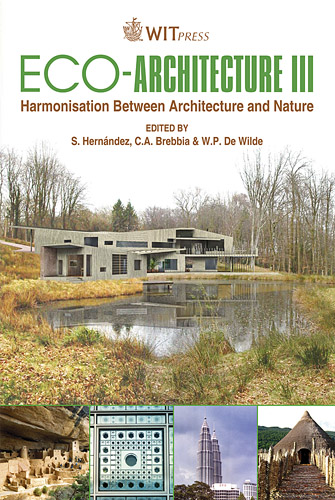Life Cycle Assessment Of Electricity Generated By Photovoltaic Systems Manufactured In Europe And Installed In Buildings In The City Of Rome
Price
Free (open access)
Transaction
Volume
128
Pages
10
Page Range
321 - 330
Published
2010
Size
266 kb
Paper DOI
10.2495/ARC100271
Copyright
WIT Press
Author(s)
L. de Santoli, A. Sferra & G. Piras
Abstract
The aim of this paper is to evaluate the impact on human health and on the ecosystem caused by electricity produced by photovoltaic systems. The analysis was carried out with the life cycle assessment methodology (LCA) and the eco indicators method. It includes a study of raw materials and energy consumption and their polluting emissions in air, water and soil during the production phase in Europe and transport, use and disposal in the city of Rome of the crystalline silicon and all other materials and components used to produce 1 kWh of electricity. The kWh is the functional unit of the LCA analysis. The study considers the relationship between the energy consumption needed to build a PV system and the energy produced by the same system over 25 years. The study also considers the relationship between global and local environmental impact caused by the manufacturing and disposal of the PV system and the avoided environmental impact due to the energy produced by renewable sources. Finally, the analysis compares global and local emissions of CO2 caused by the PV system’s manufacturing and disposal and the avoided emissions of CO2 using electricity from renewable sources. The study describes the possible solutions to reduce environmental impact through innovation. Keywords: PV system, LCA, Mayor’s Pact, saving CO2. 1 Introduction The IV Report on Climate Change, referenced by the European Union in its climate policies points out that within the first half of the century global emissions should be reduced by at least one half compared to 1990.
Keywords
PV system, LCA, Mayor’s Pact, saving CO2





